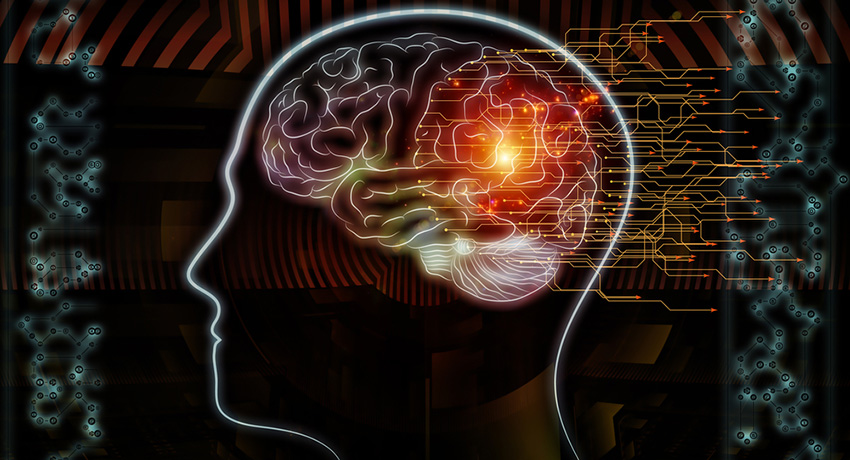Q&A: Neuropsychiatrist Jon Lieff on President Obama’s New Brain Initiative

Brain image via Shutterstock
This week, President Obama announced that $100 million will be invested in a new research initiative called Brain Research through Advancing Innovative Neurotechnologies (BRAIN). BRAIN’s lofty goals include mapping the brain’s neurons and the connections between them and gaining better understanding of brain signaling, as well as working toward treatments for and better information about neurological disorders like Alzheimer’s, autism, and Parkinson’s. We asked Dr. Jon Lieff, who supervises psychiatry at New England Baptist Hospital and is a practitioner at several Boston neurology centers, what this research grant means for brain research—and your future.
What are current challenges facing the brain research community?
Currently imaging devices operate in the realm of seconds and brain events operate in milliseconds. MRI doesn’t measure neurons, but blood flow. In the human brain there is no way to measure individual neurons, or even small circuits.
Also, neuronal connections change each day, so even if a brain map would be possible it would be different in each person and each day. But, even more difficult is the fact that each neuron has very complex, not understood, mechanisms to determine information that is passed along to other neurons. Transmission of information occurs in many different patterns, rhythms, and rates. Further, there are at least forty different kinds of neurons and probably many more.
Another big complication is that neurons, circuits, and brain regions also use many types of synchronous brain waves to send information in addition to the hard wired synapses.
How will this grant money help address those challenges?
It will help address the need for new and better devices to see what is going on at the single cell level. Right now, it is impossible to observe individual neurons in the human brain.
How will the money help research for common diseases like Alzheimer’s and autism?
This money may help these diseases in many years when these new, unknown devices are built and applied to these problems. In the meantime, which could be many years, molecular biology and genetics are the fields most likely to discover causes, or new treatments for these diseases. Right now we do not understand the causes, but a lot of good research is being accomplished.
What, in your opinion, is the most important thing currently going on in brain research?
There is no one thing. There is a wide variety of research into neuronal connections, brain wave signaling, molecular biology of the neuron and glia cells at all levels. All of it is important since we really don’t yet understand even how to approach the problems. The Genome Project [a 13-year-long project with the goal of identifying and sequencing all the genes in human DNA] was much simpler because it was clear what to do. It just took many people many years to do it. In the brain it is not known what to do, and many different kinds of research have to be done just to figure out where to start. I think developing new tools is essential and a good starting place.
What can the American public expect to come of this grant?
The problem with the Genome Project was the unrealistic expectations of the public. While the information that was gained is critical, more than a decade later there are few direct results in terms of curing diseases. First the vast DNA regulatory network has to be worked out.
The biggest problem with the brain project is going to be expectations of immediate applications. Applications will take many years.


